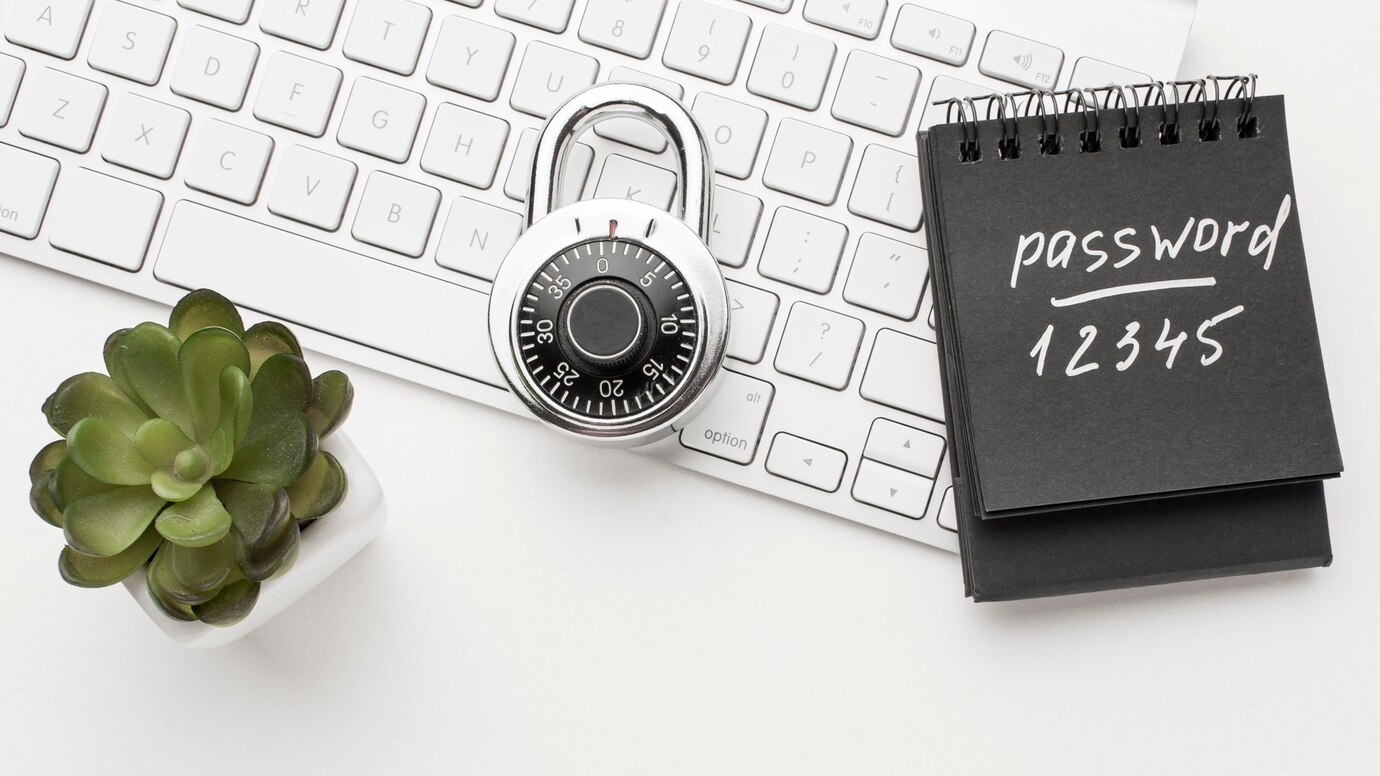
Passwords are inherently flawed. They are easy to forget, prone to brute-force attacks, and exposed to phishing scams.
Data breaches are increasing over the years, and cyber threats are alarmingly evolving. Securing your devices now requires constantly reliable means to authenticate our identities.
This article explores the dynamic importance of passwordless authentication, examining the emerging technologies set to revolutionize how We develop and secure our digital identities.
We’ll underline the limitations of traditional passwords, highlight the potential of biometrics, passwordless logins, and security keys, discussing how these innovations fit into a modern security setup.
What is the Problem with Passwords?
Passwords have been the cornerstone of online security for decades. However, their limitations are becoming increasingly apparent, as they present an easier channel for digital identity fraud.
- Human Fallibility: People generally aren’t good at remembering complex passwords. Hence we typically use weak, easily cracked passwords. Some of us are even confident enough to reuse the same password on multiple accounts. Little do we know this makes us vulnerable to attacks.
- Phishing Attacks: Attackers can trick you into revealing your passwords through scamming emails or websites.
- Brute-Force Attacks: Computer processing power is increasing and hackers are using this to develop brute-force methods to systematically guess weak and common passwords.
- Password Fatigue: Sometimes we get password fatigue when managing multiple online accounts. It becomes difficult to track and remember different passwords.
These and many other inherent weaknesses underline the necessity of a more robust and user-friendly step toward online authentication.
The Rise of Passwordless Authentication
Authentication is undergoing dynamic growth and changes for the better, also phasing out reliance on passwords. Many technologies are emerging to replace traditional passwords and provide better security and convenience. These include:
1. Biometrics
Biometric authentication leverages your unique biological features to verify your identity. This includes:
- Facial Recognition: The rise of facial recognition technology allows devices to identify people using their facial features.
- Voice Recognition: Voice recognition technology allows devices to identify you using your unique vocal characteristics.
- Fingerprint Scanning: A widely used feature on many of today’s devices such as smartphones and laptops. Fingerprint scanning is a convenient and secure means of accessing your devices and access.
- Iris Scanning: Considered one of the most accurate biometric security measures. You can lock and unlock devices by scanning and analyzing the unique patterns in your iris.
Pros of Biometric Security:
- Convenience: You don’t have to remember complex passwords – your biological traits such as your fingerprint are your key. Simply scan and login.
- More Security: Forging or stealing biometrics is a special job on its own. This makes biometric security much better than traditional passwords.
Cons of Biometric Security:
- Potential for Spoofing: There are some advanced biometric systems that are extremely accurate. However, the digital world always leaves room for potential malware attacks, spoofing, or bypass tactics.
- Privacy Concerns: Some people may feel uncomfortable with devices collecting and storing their biometric data.
2. Security Keys
Small devices that you can plug or wirelessly connect to your computer to provide an extra layer of security. They use cryptography to identify users and prevent intrusive access.
Pros:
- Strong Phishing Protection: Security keys are undefeated against phishing attacks because they require physical presence for authentication.
- Enhanced Security: They provide very reliable 2-factor authentication and make it difficult for hackers to access your accounts.
Cons:
- Cost: Proper security keys may require a good initial investment.
- Portability: You need the security key with you every time you want to log in to your accounts.
3. Secure Passwordless Logins
Passwordless logins make void the need for passwords. Instead, you use a combination of channels, such as:
- Magic Links: A unique link sent to your email address or SMS, allowing you to log in without asking for a password.
- One-Time Passwords (OTPs): A temporary code sent to your device, via email, SMS, or an authenticator app opens for a single login session.
- Biometric Authentication: Biometrics also works for passwordless logins. Fingerprint, facial recognition, etc..,
Pros of Passwordless Logins:
- Convenience: You don’t have to master passwords.
- Better Security: You avoid password-related intrusions.
Cons of Passwordless Logins:
- Reliance on Secondary Channels: You need instant access to your email or phone to get login codes.
- Potential Recovery Problems: Recovering your account in case of a disaster can be difficult without a traditional password.
What is the Future of Authentication?
Authentication is not just choosing a single security login channel. To be safe, you must adopt and combine different methods for better security and a good user experience.
This is where multi-factor authentication (MFA) and zero-trust security come to save the day.
Multi-Factor Authentication (MFA): You must provide multiple authentication factors, such as password, security key, and biometric. This layered approach strengthens security.
Zero Trust Security: Never trust, always Verify. Zero trust security ensures that users go through continuous authentication and authorization.
The latest authentication technologies will help businesses and individuals remain protected online.
Conclusion
The era of passwords is ending. Their inherent weaknesses have overstayed their welcome with these evolving cyber threats. The future of authentication lies in combinations of innovative technologies, such as biometrics, passwordless logins, and security keys.
Embrace these security advancements and adopt holistic security strategies. Together, with the tips listed above, we can create a digital world with secure identities.
Your data will remain protected, and you can enjoy a seamless and convenient digital life. Authentication is going passwordless, giving us a secure future we must all embrace.









